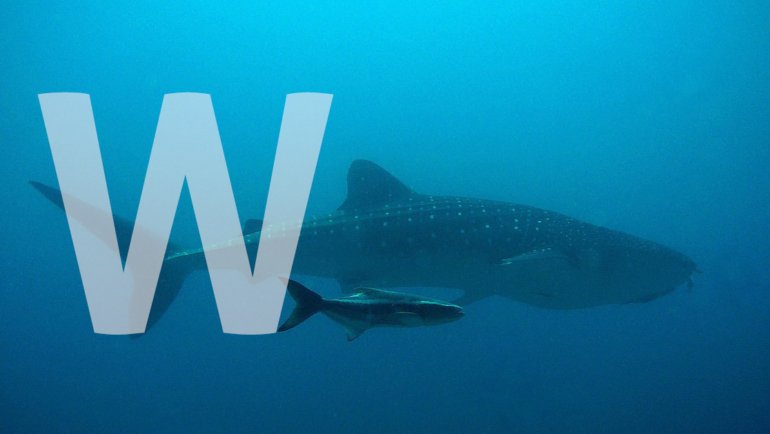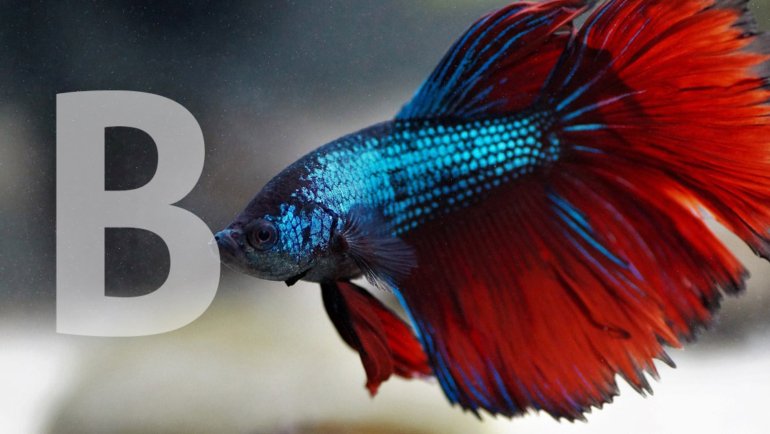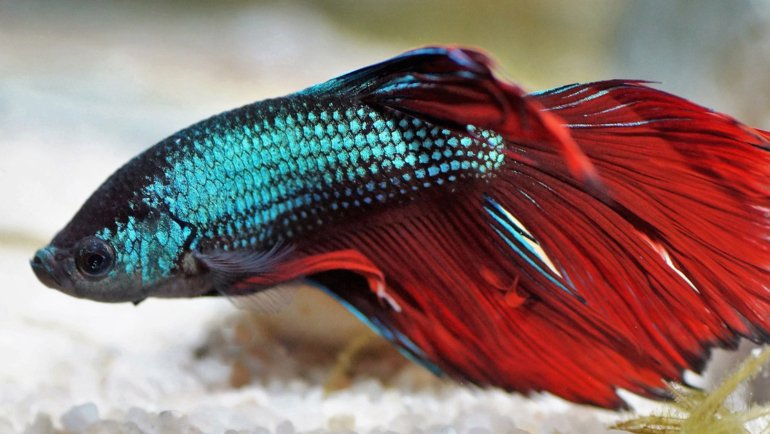The Atlantic Salmon, known for its remarkable journey from freshwaters to the ocean and back, is an iconic species in the northern Atlantic Ocean. Known for their silvery scale and incredible resilience, these fish are a favorite amongst recreational fishers and gourmet chefs alike.
In this article, we’ll dive into the watery world of the Atlantic Salmon, exploring everything from their physical characteristics to their perilous lifecycle, as well as the pressing conservation concerns surrounding this fascinating species.
The Atlantic Salmon at a Glance
Classification
| Kingdom: | Animalia |
| Phylum: | Chordata |
| Superclass: | Osteichthyes (Bony fish) |
| Class: | Actinopterygii |
| Order: | Salmoniformes |
| Family: | Salmonidae |
| Genus: | Salmo |
| Species: | S. salar |
Essential Information
| Average Size: | 28-30 in (71-76 cm) |
| Average Weight: | 8-12 lbs (3.6-5.4 kg) |
| Average Lifespan: | 5-7 years in the wild |
| Geographical Range: | Northern Atlantic Ocean, rivers of North America and Europe |
| Conservation Status: | Least Concern (IUCN Red List) |
Species and Subspecies
The Atlantic Salmon (Salmo salar) is a species within the larger Salmonidae family. Although there are no recognized subspecies of the Atlantic Salmon, populations can significantly vary in terms of size, coloration, and behavior depending on the specific region and the environmental conditions.
For instance, river-dwelling individuals may be smaller and more brightly colored than their ocean-dwelling counterparts.

Description
Atlantic Salmon are large, streamlined fish with a characteristic silver-blue body that shines under sunlight, a trait that becomes more pronounced during their oceanic phase.
They possess a slightly forked tail and usually exhibit dark cross bands over their body and tail. The average size of an Atlantic Salmon is between 28 and 30 inches (71-76 cm) in length and they typically weigh between 8 to 12 pounds (3.6-5.4 kg), though larger specimens have been recorded.
As with many fish species, Atlantic Salmon show sexual dimorphism, particularly during the breeding season. Males develop a curve in their jaw, known as a “kype,” and their color intensifies into deeper hues. In contrast, females tend to retain their silver-blue coloration but may also exhibit a more rounded body shape.
Habitat and Distribution
Atlantic Salmon have a broad geographical distribution, found across the northern Atlantic Ocean, particularly along the east coast of North America, from Connecticut in the United States, through Canada and Greenland, and over to northern Europe, including the United Kingdom, Norway, and Iceland.
These fish are known for their anadromous lifestyle, meaning they hatch in freshwater rivers and streams, migrate to the ocean to mature, and then return to their birthplace to spawn.
In terms of habitat, young salmon (known as parr) spend their early life in cool, clear, well-oxygenated rivers and streams. Upon reaching maturity, they migrate to the open ocean where they spend most of their adult life, only returning to freshwater to breed.

Behavior
Atlantic Salmon are primarily diurnal, meaning they are most active during the day. While they do not have complex social structures like mammals, they exhibit fascinating migratory behavior.
Once they have reached maturity in the ocean, they undertake the journey back to their natal streams to spawn, exhibiting an exceptional homing instinct. These spawning migrations can be hundreds of miles, often against strong currents and up waterfalls.
Atlantic Salmon do not communicate in the way that many terrestrial animals do, but they do use pheromones to send chemical signals, particularly during the spawning season.
They also exhibit certain physical behaviors, such as “jumps” or “leaps” out of the water, which could serve multiple purposes like displaying strength during spawning or dislodging parasites.
Diet and Hunting/Feeding Behavior
Atlantic Salmon are carnivorous, and their diet changes throughout their life stages. As juveniles in freshwater, they feed on a diet of invertebrates like insect larvae.
When they mature and migrate to the ocean, their diet shifts to include larger prey like crustaceans, squid, and fish. Atlantic Salmon are active hunters, using their keen sense of sight to locate and pursue their prey.
Predators
Atlantic Salmon face predation from a variety of species at different life stages. In their early life stages, when they are small and confined to freshwater habitats, they can fall prey to larger fish, birds, and even certain mammal species.
In the ocean, they can be preyed upon by larger marine animals such as seals and bigger fish. Human fishing activities also pose a significant threat to Atlantic Salmons at all stages of their life.

Reproduction and Life Cycle
Atlantic Salmon follow an anadromous lifestyle, meaning they hatch in freshwater, migrate to the sea to grow and mature, then return to freshwater to spawn. Spawning usually takes place between October and November in the upper reaches of streams.
The females create nests called “redds” in the streambed where they lay their eggs. After spawning, males fertilize the eggs. Unlike many other salmon species, Atlantic Salmon do not always die after spawning and can return to the sea to repeat the cycle in the following years.
The incubation period for the eggs depends on water temperature but is typically around 100 days. Once hatched, the young salmon, known as alevins, remain in the gravel until they absorb their yolk sacs and emerge as fry.
These fry then develop into parr that remain in freshwater for two to three years before undergoing a transformation (smoltification) that allows them to live in salt water. They then migrate to the ocean where they will spend one to four years before returning to their birth streams to spawn.
Conservation and Threats
The Atlantic Salmon is currently listed as “Least Concern” on the IUCN Red List of Threatened Species. However, some populations, particularly those at the southern extent of the species’ range, have experienced serious declines.
Threats to Atlantic salmon include overfishing, habitat degradation from human activities such as damming and deforestation, pollution, and climate change, which can affect oceanic and freshwater conditions. Invasive species and diseases also pose threats.
Conservation efforts are varied and ongoing. Many involve the restoration of spawning and rearing habitats, enhancement of depleted populations through hatchery production, and regulations to reduce harvest.
Additionally, international cooperation through organizations like the North Atlantic Salmon Conservation Organization helps to manage and conserve Atlantic Salmon across their range.
Fun Facts
- Atlantic Salmon are known as the “King of Fish” due to their size and the challenge they present to anglers. They are a prized catch for recreational fishers.
- Atlantic Salmon can leap up to 12 feet (3.6 meters) in the air when faced with obstacles during their spawning runs.
- The species is known to travel vast distances during its lifetime. Some tagged fish have been known to journey over 2,500 miles (4,000 kilometers) from their home river!
- During their transition from freshwater to saltwater, Atlantic Salmon undergo a dramatic transformation, including a color change from a mottled brown to a bright silver.
- The species’ Latin name, Salmo salar, means “leaping salmon,” referencing their ability to jump over obstacles while swimming upstream.
Frequently Asked Questions
Why are Atlantic Salmon called anadromous?
The term “anadromous” refers to fish species that migrate from the sea into freshwater to spawn. Atlantic Salmon are born in freshwater rivers, migrate to the ocean to grow and mature, then return to their natal rivers to spawn.
How long do Atlantic Salmon live?
On average, Atlantic Salmon live between 2 and 7 years, though some individuals have been known to live up to 10 years.
Do all Atlantic Salmon die after spawning?
Unlike Pacific Salmon, all of which die after spawning, some Atlantic Salmon survive and can return to the sea to repeat the spawning cycle in the following years.
What do Atlantic Salmon eat?
Atlantic Salmon have a varied diet which changes with their environment and stage of life. While in freshwater, young salmon eat insects, invertebrates, and small fish. When they migrate to the ocean, their diet expands to include larger fish, squid, and shrimp.
Are Atlantic Salmon endangered?
The Atlantic Salmon is currently listed as “Least Concern” on the IUCN Red List of Threatened Species. However, some local populations have experienced significant declines and are considered at risk due to threats such as overfishing, habitat loss, pollution, and climate change.





